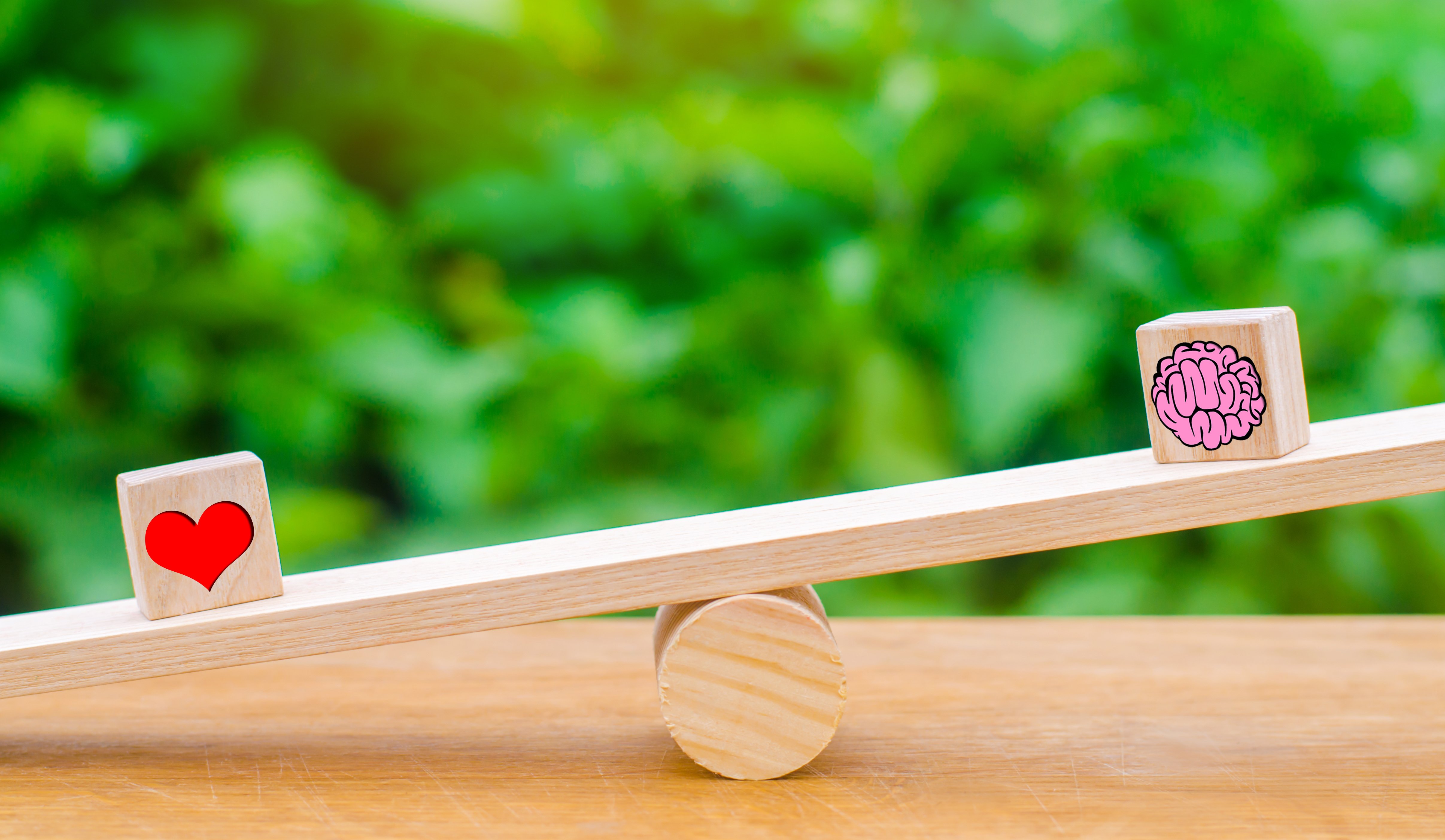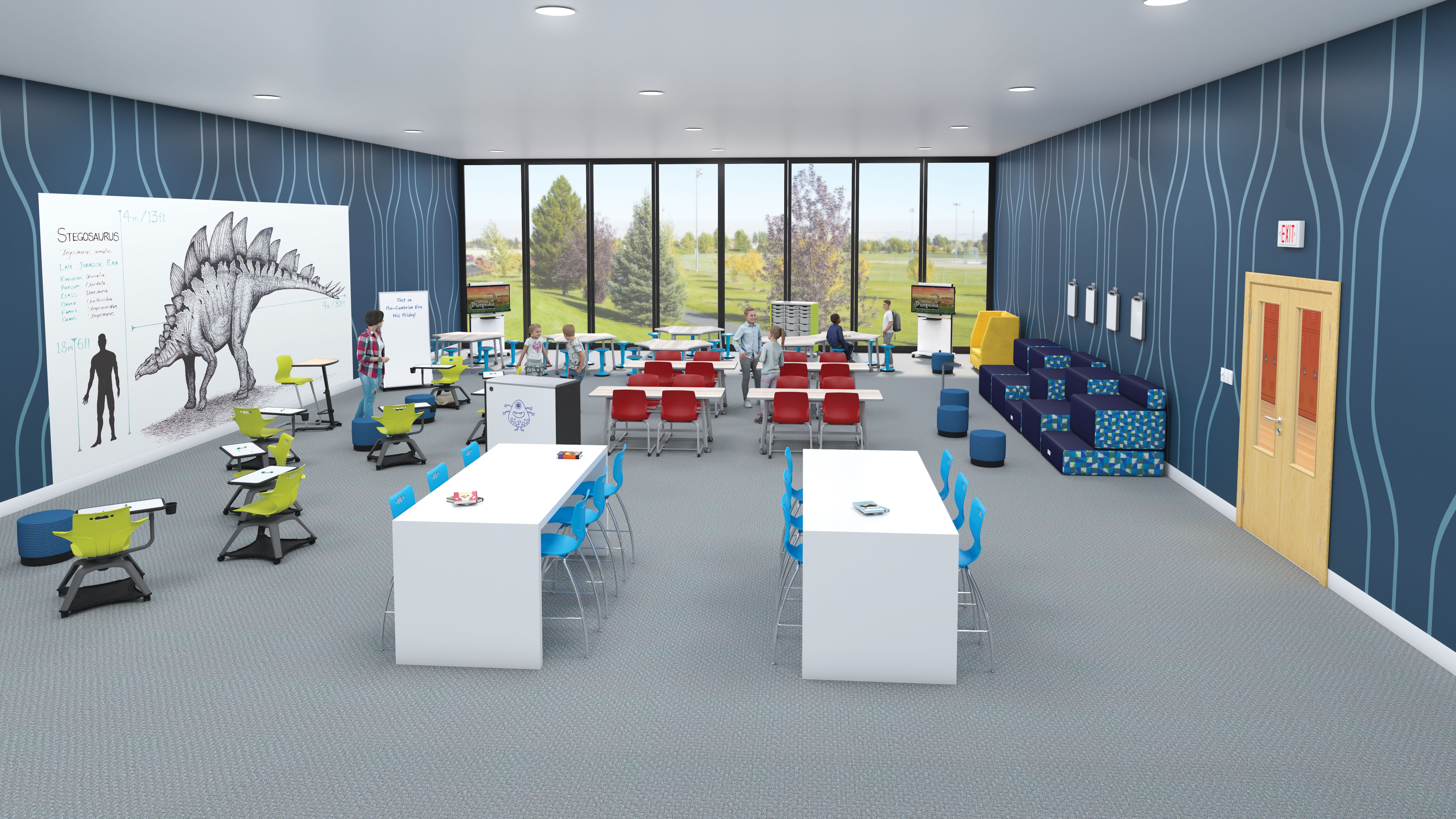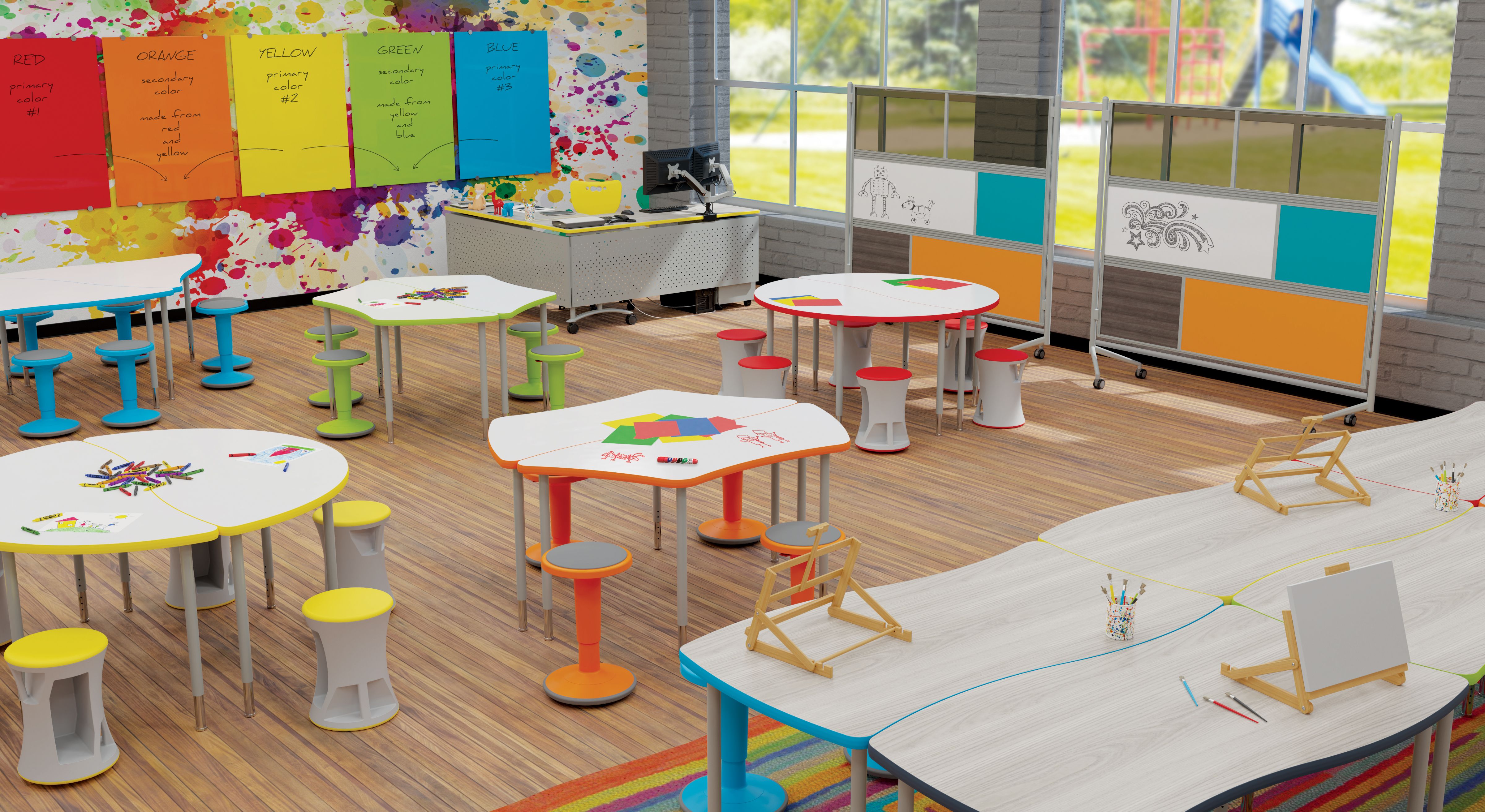Why Every School Needs to Prioritize SEL
Posted by MooreCo Inc on Jun 7, 2021 11:24:39 AM

Why Every School Needs to Prioritize SEL
As students wrap up an unprecedented school year, many families are beginning to reflect on their experience with hybrid, online, or in-person learning during a pandemic. It hasn’t been without its challenges. In fact, learning loss is projected to be a huge problem in coming years for k-12 students. But as COVID-19 positivity continues to decline, students can likely rely on the idea that they will be learning in person this fall. What that means for schools and educators is that time and energy will be needed to help students catch up to make up for time lost this year due to problems with virtual learning. A reported 15 million American students were without access to the tools needed to learn online, leaving many behind in already existing learning gaps. This is why the federal government has allocated ESSER funds for schools to spend. This money is meant to be used to help students recuperate academically and mentally from the effects of the pandemic. Mental health services within schools will be needed, as well as an increased emphasis on social-emotional learning, or SEL.
Why SEL?
Social-Emotional development is crucial to productivity from our adolescence to our senior years. It establishes the ability to make meaningful connections with individuals and groups. Extracurricular activities and peer-to-peer interaction are imperative for social-emotional development. But due to the pandemic, students were forced to change their routines, making it difficult to have necessary interactions that forge the foundation for life-long mental health and lasting relationships. So, what can be done to help students continue on the path to empathy, awareness, and emotional intelligence when they come back to in-person school? It starts with creating learning environments that inspire students to be curious, creative, and maintain a sense of security.
Dr. Maurice Elias is Professor of Psychology at Rutgers University and the Director of the Rutgers Social-Emotional and Character Development Lab. He spoke at MooreCo’s Thrive Forward webinar this spring about the value of social-emotional literacy in schools. His presentation broke down the benefits of SEL in schools and how it will serve students after the pandemic.
"We have to prepare students for the tests of life, not for a life of tests."- Dr. Maurice Elias
Collaboration and the Skills Gap
According to the World Economic Forum, there is a skills gap in the workforce surrounding interpersonal skills and the ability to collaborate. Dr. Elias points out that collaboration is not only a marketable skill, it’s also something that’s fallen by the wayside with virtual learning. Students will need ample opportunity connecting with one another once back in school. Group configurations for learning can help students create or carry out projects together. This leads to heightened interpersonal and relational skills, as well as creating a sense of community and allowing students to practice effective communication.
Inclusion and the Arts
In his presentation, Dr. Elias pointed out that the arts are a form of social-emotional learning. He says that the arts can not only create a vehicle for student self-expression, but also can lead to inclusion. This is done by getting students to think deeply about where their inspirations for artwork come from and asking them where they see that represented in other cultures. He says this kind of cultural literacy leads to curiosity and understanding of others, and will leave a lasting impression on students that challenges their worldview.
The Value of Civil Discourse
Dr. Elias says that students who are involved in student government become more engaged citizens and coworkers. A part of social-emotional skill building is allowing students to consider and create the structures and systems they live within. This means activities like student council or holding mock elections. Giving students the opportunity to creatively problem solve issues in their schools and communities creates leaders and a sense of civic and moral duty.
Relating for Life
It’s important to understand that SEL isn’t only valuable for creating great collaborators, workers, and students. Social-emotional learning has been proven to provide a myriad of benefits, from reducing incidents of bullying to improving mental health of students. Not only will social-emotional learning serve students as they embark on careers or group projects, it sets them up for long-term emotional and relational success. When they better understand their own emotions, thoughts, and motivations, they will be able to navigate relationships better. This may lead to healthier friendships and relationships throughout their lifetime.
Teacher Retention
Dr. Elias says that one of the benefits of social-emotional learning is that it creates teacher retention. This will be especially important following the pandemic, when many teachers left the workforce due to burnout and fear of contracting COVID-19. Elias says that teachers enjoy teaching students who are more in tune with their own emotions and able to express themselves. It makes their job a joy and it makes student engagement accessible.
Environments and Tools for SEL
From a design perspective, mental health can be aided by providing furnishings where students can gather together and form community, sharing their ideas and feelings so that they may process. Curved and creative pieces like the Orbit Mediaspace Soft Seating, the Cocoon Mediaspace Seating, and the Elevate Steps Soft Seating allow for collaborating and sharing. Add in the Essentials Clear Mobile Divider, and students are more protected while still being able to actively learn together.

With tiered seating available, these comfortable couch and table combinations will create that safe sense of a "home away from home", while still producing a mature collegiate-style environment for projects and individual study. These grounding and cozy settings lead to the ideal environment for group thought that will allow teenage students to feel connected, creative, and professional.

More schools will be creating small nooks for retreating in library or lounge spaces. Yoga classes, tai chi, and other breathing and mindfulness classes are being seen more as part of a mainstream physical education curriculum, and we should expect this trend to continue after the pandemic. It can be argued that it will be even more important now to encourage self-regulation and relaxation techniques as students come back from a period of isolation and anxiety caused by the pandemic. Setting up spaces for relaxation for students is about providing options for seating that are calming and help release tension. MooreCo’s Rocking Stools help to release excess energy by creating rhythmic micromovements. The indoor and outdoor Beanies are the ideal place to rest and relax after a long study session.

For social-emotional learning and to establish a sense of belonging, furniture that encourages group sharing will create a sense of openness, but it’s also important to include plenty of options for individual study or down time, like the Koil Reading Nook for relaxation or the Schoolworks Study Carrel for deeper focus. Certain students may be more easily overstimulated or distracted than others. It’s important to provide those students with desks that can be easily configured for group learning or spaced away from the whole so that they may focus on their own work. The Enroll Tablet Chair and Hierarchy Shapes Desk are ideal for both scenarios, allowing students to work together or alone depending on their needs.

We’re Here to Help…
Are you interested in learning more about social-emotional learning and the solutions for schools in a post-pandemic era? Download our Esser Solutions guide on our website for information on what tools may help students catch up more quickly. MooreCo is invested in creating environments that allow students and teachers to thrive. That’s never been more important than after the events of this past year. Please let us know how we can help your students get back on the fast track to success and well-being. We’re here to help!
Topics: Insider, Collaboration, Design, Active Learning, Human Development, Back-to-school, Teacher's Favorites, Thrive, Educators
